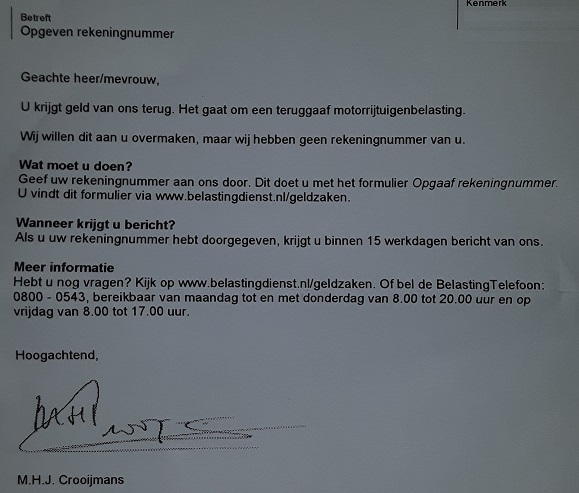 The final steps to solving Rubik’s Cube, after solving the edges of the final layer, is to get the vertices of the final layer in their correct locations, and oriented correctly. Like with the edges, this is a two-phase process, but unlike the edges, the vertices need to be brought to their locations first, and turned to the correct orientation last.
The final steps to solving Rubik’s Cube, after solving the edges of the final layer, is to get the vertices of the final layer in their correct locations, and oriented correctly. Like with the edges, this is a two-phase process, but unlike the edges, the vertices need to be brought to their locations first, and turned to the correct orientation last.
Step 1 – Positioning the vertices
With the edges of the final layer solved, there are only three possibilities for the locations of the vertices: they’re all in their places, all in the wrong place, or three out of four are in the wrong place.
- If four vertices are in the wrong place, repeat the sequence in step 2 as often as you need to get one vertex in the right location.
 Orient the cube so that the one vertex in the right location is positioned front-up-right. Then twist this sequence:
Orient the cube so that the one vertex in the right location is positioned front-up-right. Then twist this sequence:
L+ F+ L- B+ L+ F- L- B-
You may need to repeat this one more time, but after two repetitons max, all vertices should be in their correct locations.
Step 2 – Turning the vertices
As mentioned earlier in these pages, the vertices in the final layer can only be turned in pairs, in opposite directions. This also means that you can either find two vertices still turned wrong, one clockwise, one counterclockwise; or four, two clockwise and two counterclockwise; or three, all clockwise or all counterclockwise.
To solve the orientation of the vertices, you first twist one sequence to turn one vertex clockwise, which messes up the first two layers that were already solved. Then you twist the reverse sequence to turn a second vertex counterclockwise, which restores the solved state of the other layers in the process.
- Orient the cube so that a vertex that needs clockwise rotation is positioned up-front-right. (In the example image, the blue-yellow-orange vertex block needs clockwise rotation to orient it correctly.)
 Twist the following sequence to turn it clockwise (if you have three vertices that all need to be turned counterclockwise, pick any one of them to start with):
Twist the following sequence to turn it clockwise (if you have three vertices that all need to be turned counterclockwise, pick any one of them to start with):
R- D+ R+ F+ D+ F-- Twist the top (final) layer to position a second vertex uo-front-right, one that needs counterclockwise rotation.
- Twist the opposite sequence to twist the vertext counterclockwise, and restore the rest of the cube:
F+ D- F- R- D- R+ - Twist the top layer back.
- Repeat this until all vertices are solved.
Done! The cube is now solved!

